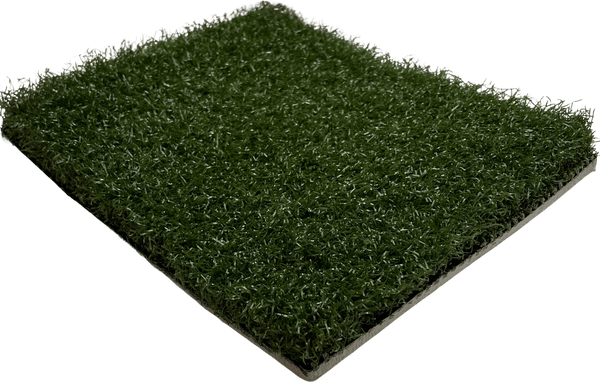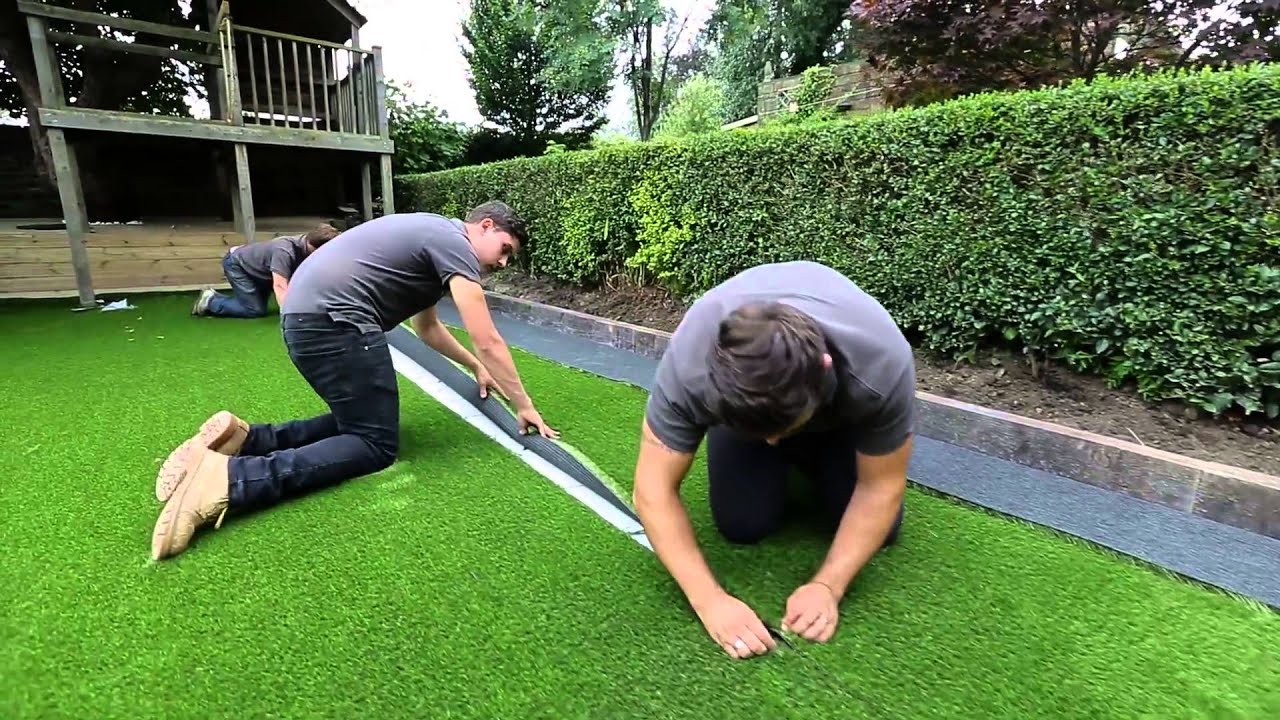Discover Trusted Artificial Turf Companies Phoenix for Your Outdoor Needs
Discover Trusted Artificial Turf Companies Phoenix for Your Outdoor Needs
Blog Article
Look Into the Environmental Perks of Opting for Artificial Grass Solutions
The fostering of man-made turf options offers an engaging chance to resolve pushing environmental difficulties. By substantially reducing water usage and reducing the application of dangerous chemicals, these choices not only promote sustainable landscaping but also safeguard regional environments.
Water Preservation Conveniences
Among one of the most substantial benefits of synthetic grass is its capacity to preserve water. Standard lawn yards need considerable irrigation, especially in areas prone to drought or water constraints. On the other hand, fabricated lawn does not need watering, substantially decreasing the general demand for water sources. This attribute is especially helpful in deserts where water scarcity is a pushing worry.
By removing the requirement for regular watering, man-made turf adds to sustainable landscape methods and helps alleviate the environmental effect of excessive water usage. The preservation of water extends to the reduction of drainage, which can lead to soil erosion and river air pollution.
Additionally, the setup of synthetic grass enables house owners and districts to assign water resources extra successfully, focusing on necessary usages such as drinking water and agriculture. The shift towards man-made lawn not just advertises responsible water usage however additionally straightens with broader environmental goals focused on protecting all-natural sources.
As areas significantly focus on sustainability, the water conservation benefits of artificial turf present a compelling situation for its fostering in commercial and household landscape design jobs.
Reduced Chemical Usage
The shift to synthetic grass substantially lowers the dependence on chemical treatments typically utilized in natural grass upkeep. Typical lawn monitoring commonly entails the application of plant foods, herbicides, and pesticides to advertise growth and control pests. These chemicals can posture threats to human health and wellness, neighborhood wild animals, and the atmosphere, contributing to dirt and water contamination.
In comparison, synthetic grass eliminates the demand for these dangerous compounds. Once mounted, it requires marginal maintenance, primarily containing routine cleaning and occasional infill replenishment. This reduction in chemical use not only profits the instant environment yet also adds to more comprehensive eco-friendly security. By lessening the release of artificial compounds right into the community, fabricated grass advertises healthier dirt and water systems.
Additionally, the lack of chemical overflow linked with artificial grass installments helps secure neighborhood waterways from contamination, sustaining aquatic life and preserving biodiversity. Arizona turf. As neighborhoods progressively focus on sustainable methods, selecting synthetic grass provides a sensible solution that aligns with environmental preservation objectives. Via this change, homeowner can delight in rich environment-friendly rooms without compromising environmental wellness, leading the way for an extra lasting future
Lower Carbon Footprint

Furthermore, the installation of man-made lawn can cause substantial water conservation. Natural yards need substantial quantities of water for watering, which not only adds to the carbon footprint associated with water extraction and treatment however likewise stress neighborhood water sources. On the other hand, synthetic grass needs minimal maintenance, needing no watering, consequently substantially lowering water use and its linked power expenses.
Furthermore, the durability of synthetic grass adds to its decreased carbon effect. With a life expectancy of as much as 15 years or more, the need for frequent substitutes is lessened, causing much less waste and lower energy consumption in production and disposing of traditional yard choices. Generally, man-made grass presents a lasting alternative for ecologically conscious landscaping.
Environment Conservation
Habitat preservation is a critical factor to consider in the dispute over landscaping choices, specifically when contrasting man-made turf to natural lawn. Natural grass lawns usually call for considerable upkeep, including the use of herbicides, fertilizers, and chemicals, which can negatively impact neighborhood ecological communities. These chemicals can seep into the soil and waterways, harming indigenous plants and fauna and interfering with local environments.
In comparison, synthetic turf offers an opportunity to reduce the eco-friendly footprint of landscape design. By going with artificial turf, home owners can decrease the disruption of all-natural habitats connected with traditional yard treatment practices. Fabricated turf gets rid of the demand for damaging chemicals, therefore safeguarding close-by wild animals and maintaining the integrity of surrounding ecological communities. Furthermore, the setup of synthetic grass can result in the conversion of previous yard locations into more biodiverse landscapes, such as pollinator yards or indigenous plant areas, which can support regional wild animals.
Inevitably, the change to synthetic grass not only saves water and minimizes upkeep efforts but additionally promotes an extra unified partnership in between human activities and the natural surroundings, advertising environment preservation in the process.
Long-Term Sustainability
Long-term sustainability is an essential consider evaluating the benefits of man-made grass over traditional grass yards. One of the most substantial benefits of synthetic grass is its longevity; it can last as much as 15-20 years try this web-site with minimal upkeep, moved here whereas natural grass calls for regular reseeding and substitute. This durability reduces the demand for continuous resources, such as water, plant foods, and pesticides, which are essential for keeping a healthy yard lawn.
Additionally, synthetic grass adds to a reduction in carbon exhausts related to lawn treatment devices. Typical yards often call for gas-powered mowers, trimmers, and blowers, every one of which contribute to air contamination. Arizona artificial turf. On the other hand, fabricated turf removes the need for such tools, promoting a cleaner setting
Furthermore, the manufacturing of synthetic grass progressively makes use of recycled materials, boosting its sustainability profile. As makers adopt green techniques, the environmental footprint of fabricated turf remains to lessen.

Final Thought
The adoption of fabricated grass solutions offers significant ecological advantages, consisting of considerable water preservation, minimized dependence on hazardous chemicals, and a lower carbon impact. Additionally, synthetic grass help in protecting all-natural habitats by decreasing land disturbance and advertising long-term sustainability with the usage of resilient products. Collectively, these elements emphasize the potential of synthetic grass to contribute favorably to environmental health and wellness and offer a practical option to traditional landscape design methods in a significantly resource-conscious world.
In go right here contrast, man-made lawn does not need watering, considerably lowering the total demand for water resources. By reducing the launch of artificial substances right into the ecosystem, synthetic grass advertises much healthier dirt and water systems.
Furthermore, the installation of synthetic grass can result in considerable water preservation. In comparison, fabricated lawn requires marginal upkeep, requiring no watering, thereby considerably decreasing water use and its linked power expenses.

Report this page